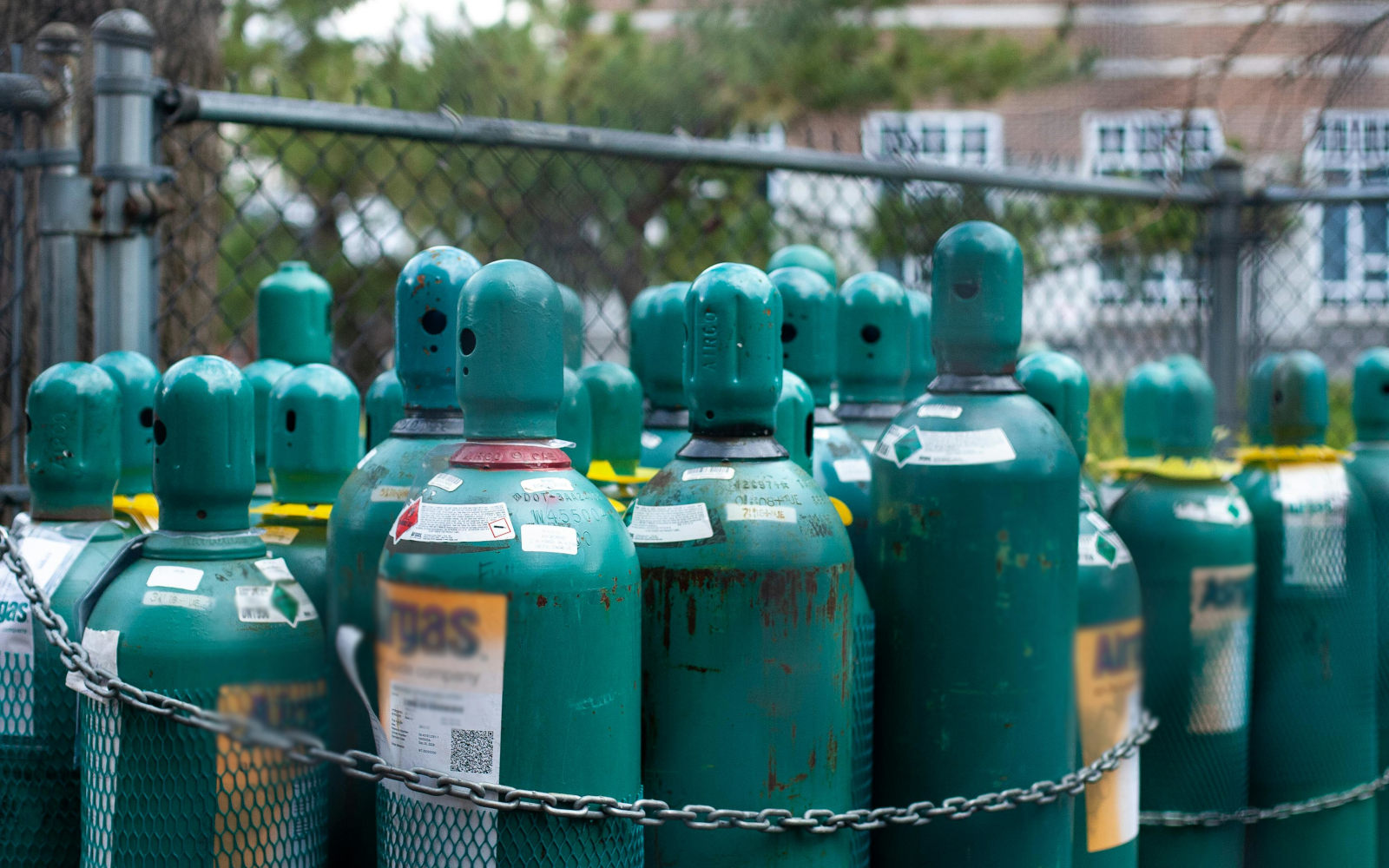Ethylene (C2H4) is a highly flammable hydrocarbon gas widely used in various industrial processes. Known for its role in the production of plastics and chemicals, ethylene can pose significant safety hazards, especially in the event of a gas leak.
This article explores the risks associated with C2H4 gas, its industrial applications, safety precautions, and best practices for handling potential leaks. The objective is to provide safety managers, industrial hygienists, and other professionals with essential information to prevent and manage ethylene-related incidents.
Common Industrial Uses of Ethylene
Ethylene is a crucial building block in the chemical industry. Key applications include:
- Polymer Production: C2H4 is the primary raw material for producing polyethylene, the most common plastic. It is also used to manufacture other polymers, such as polyvinyl chloride (PVC) and polystyrene.
- Chemical Synthesis: Involved in producing ethylene oxide, ethylene glycol, and other important chemicals.
- Agriculture: Utilized as a plant hormone to regulate fruit ripening and other growth processes.
- Packaging Industry: Used in the production of packaging materials, including films and containers.
While ethylene is vital for these applications, it is highly flammable and requires careful handling to avoid accidents.
The Hazards of Ethylene Gas
Ethylene is a colorless gas with a sweet odor at high concentrations. It poses several safety risks:
- Flammability: C2H4 is highly flammable and can form explosive mixtures with air. It has a low ignition energy, making it easy to ignite.
- Asphyxiation: In enclosed spaces, C2H4 can displace oxygen, leading to a risk of asphyxiation.
- Health Effects: While C2H4 is not highly toxic, high concentrations can cause dizziness, headache, and other symptoms due to oxygen displacement.
Exposure Limits and Regulations
To ensure the safety of workers, regulatory bodies have established exposure limits for ethylene:
· OSHA (Occupational Safety and Health Administration):
-
- No specific PEL for C2H4, but general safety guidelines for flammable gases apply.
· NIOSH (National Institute for Occupational Safety and Health):
-
- REL (Recommended Exposure Limit): 200 ppm (10-hour TWA)
· ACGIH (American Conference of Governmental Industrial Hygienists):
-
- TLV (Threshold Limit Value): Not specifically established for C2H4, but flammability considerations are crucial.
Safety Measures and Best Practices
Handling C2H4 safely involves a comprehensive safety strategy. Key measures include:
1. Fixed Gas Detection Systems:
-
- Continuous Monitoring: Fixed gas detectors can monitor ethylene levels, providing early detection of leaks and preventing explosive atmospheres.
- Alarm Systems: Audible and visual alarms notify personnel of dangerous gas levels, allowing for prompt evacuation and response.
2. Personal Protective Equipment (PPE):
-
- Workers should use appropriate PPE, including flame-resistant clothing, chemical-resistant gloves, and goggles, especially in areas where ethylene is handled.
3. Proper Ventilation:
-
- Adequate ventilation systems are essential to disperse ethylene gas and reduce the risk of explosive concentrations. This is particularly important in enclosed spaces.
4. Emergency Response Plans:
-
- Comprehensive emergency response plans should include procedures for evacuation, fire suppression, and coordination with local emergency services.
2. Training and Awareness:
-
- Regular training on the hazards of C2H4, safe handling practices, and emergency procedures is crucial for all employees. Drills should be conducted to ensure readiness in the event of an emergency.
Conclusion
Ethylene is a key industrial gas with widespread applications but poses significant risks if not handled properly. Understanding its hazards and implementing stringent safety measures, including gas detection systems, proper PPE, ventilation, and comprehensive emergency planning, are essential for protecting workers and facilities.
By adhering to best practices and maintaining vigilance, industries can minimize the dangers associated with C2H4 gas exposure.
For more information on ethylene safety and Interscan’s Accusafe and GasD 8000 detection systems, please contact us to request a quote today.


